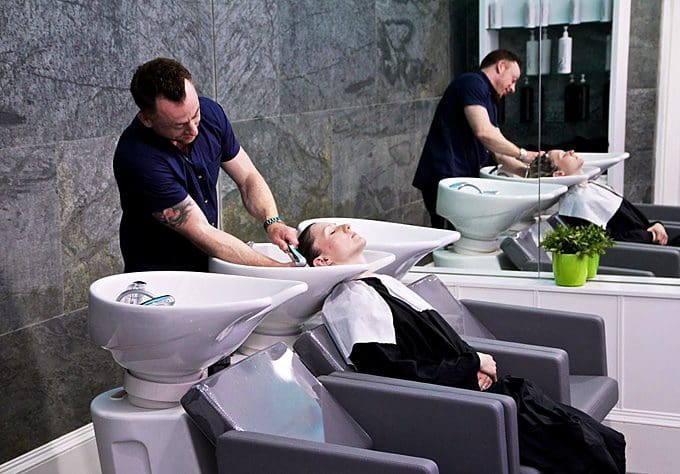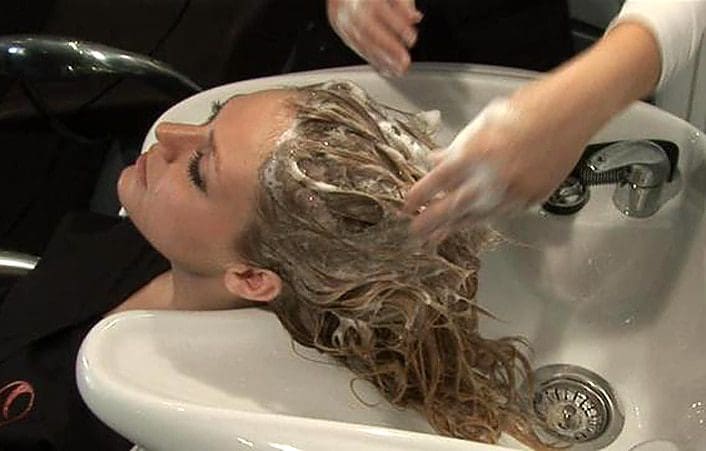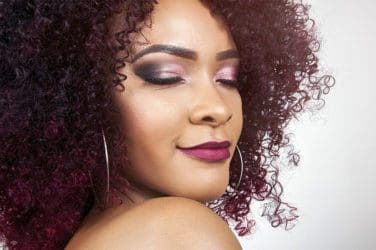words Al Woods
Did you know that over 20% of the world’s population suffer from skin allergy at least once? and this number is consistently growing, especially in industrialized societies. Your scalp is a part of your skin and it can develop an allergic reaction to some haircare product just as easily as you get a rash from some face cream.
However, in this case, it might be difficult to understand what is happening exactly. And in some cases, you might be making the problem worse by using the wrong kind of treatment.
So, here’s how you understand if you have a scalp allergy and what you can do about it, both to treat and to prevent this issue in the future.
Do I Have a Scalp Allergy?
You might have a scalp allergy if you show one or more of the following symptoms:
- Sensitive scalp
- Itching
- Rash or tiny bumps on the scalp (in severe cases, the rash can extend onto your forehead, neck, and behind the ears)
- Skin scaling and flaking
Scalp allergy is often mistaken for dandruff. This is a problem because products formulated to treat dandruff are rather hard on the skin, which only exacerbates the original issue. So, if your anti-dandruff treatment isn’t working, you might be dealing with an allergy instead.
Note that you might also develop all other types of allergy symptoms, up to and including anaphylaxis. If you experience one of the severe reactions, like trouble breathing and rapid swelling, get immediate medical help.
Another thing to consider is whether your hair is bleached. In this case, the treatment itself is a huge irritant and even if it doesn’t cause an allergy, it might damage the skin of the scalp and cause allergy-like symptoms. Therefore, the rash might not be caused by your blonde shampoo or deep conditioner for bleached hair. Instead, it might just be a reaction to the treatment and it will go away on its own in a few days (up to two weeks).
Can I Prevent Scalp Allergies?
To prevent developing an allergic reaction on the scalp, you should choose your haircare products with extreme care. Make sure to pick the options that contain as few potential chemical irritants as possible.
This will be quite challenging when you are choosing a shampoo because these products often have irritants as their main components. Therefore, you should be looking into products that contain no phthalates, sulfates, silicones, and petroleum oils. Another big issue is fragrance, which often triggers an allergic reaction. Avoid it if you have sensitive skin.
You’ll have an easier time when choosing a hair conditioner as this group of products doesn’t contain as many irritants by default. But you should check the list of ingredients, nonetheless. Many conditioners today contain natural active ingredients to enhance their hair beauty-boosting effects.
The same advice applies to choosing hair masks, but you can avoid the risks with them completely by making your own.
The real problem is hair dye, which triggers an allergic reaction most often among all haircare products. This is because hair colour always contains a variety of “harsh” chemicals. They are necessary for the product to work, so there is no such thing as a 100% non-allergenic hair dye. Even pure henna is a potent irritant and can cause a reaction.
The solution, in this case, is to try several types of dye. Carefully note the ingredients of the hair colouring products that cause a negative reaction for you. Unfortunately, if you are extremely sensitive, it might be impossible for you to find a safe hair colouring solution.
One thing is for sure, due to the very high level of risk, it’s imperative to take an allergy test before using the hair dye. Every product should come with instructions for a suitable test included in the package.
How to Treat an Allergic Reaction on Your Scalp
Scalp allergy is a type of contact dermatitis, so you should treat it the same way or consult a doctor if your situation is severe. If the symptoms don’t progress beyond mild irritation and rash, you should:
- Wash off all remnants of the product.
- Apply some soothing moisturizing cream, for example, Aloe Vera-based gel.
The symptoms should disappear within a few days (up to two weeks) if you avoid the product, which triggered the reaction. If this doesn’t happen, visit your doctor.
As there are many health conditions that might cause similar symptoms, it’s always best to talk to a doctor and make sure that everything is alright.












